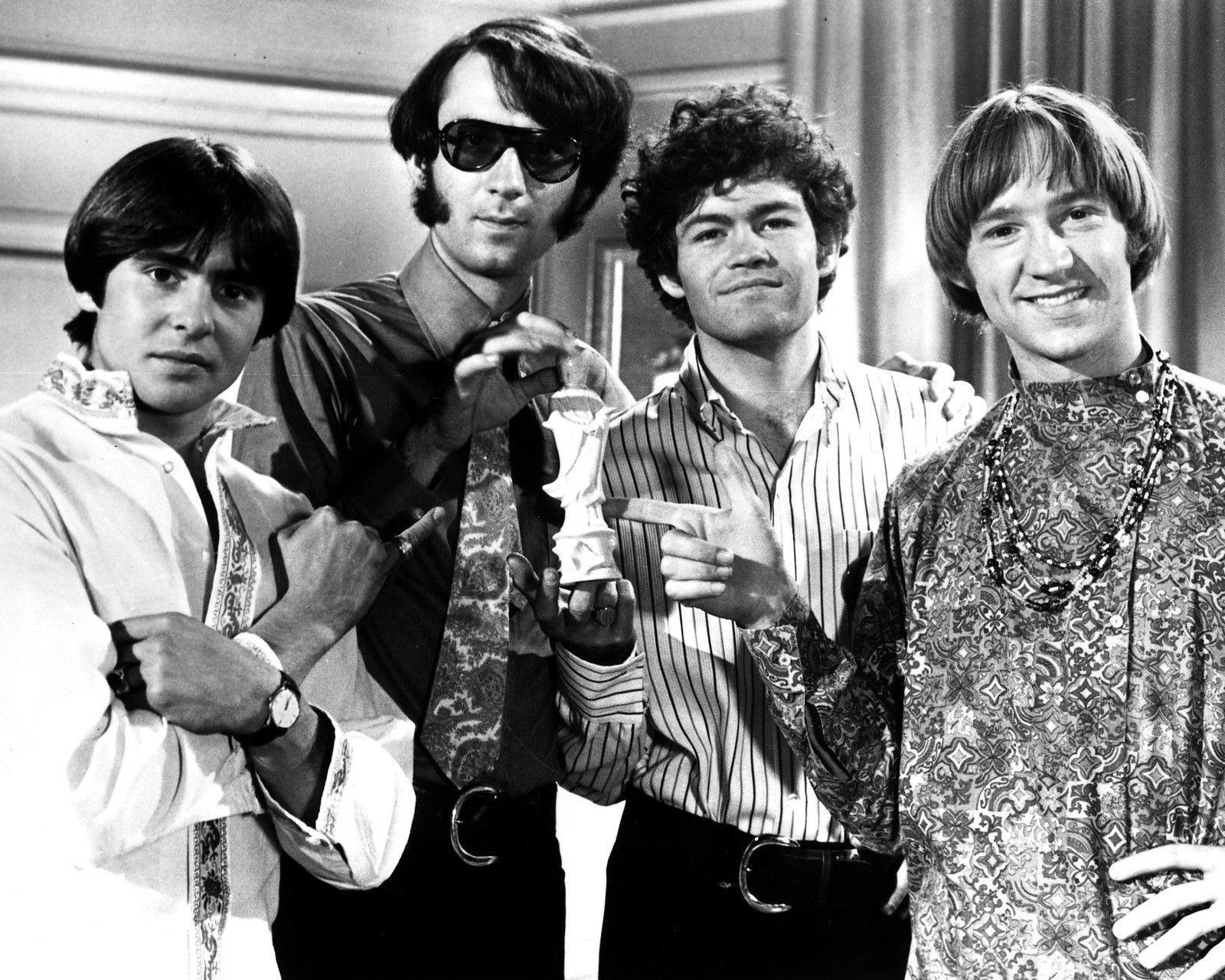
A Nostalgic Ode to Redemption and Second Chances
In the summer of 1968, as the world swayed between the tides of change and nostalgia, The Monkees released a track that captured a unique slice of American musical and cultural history. “D.W. Washburn”, a song that would later find its place in the annals of pop-rock, was not just another tune by the beloved band; it was an evocative narrative imbued with themes of redemption, resilience, and the subtle complexities of human dignity.
When “D.W. Washburn” was unveiled to the public on June 8, 1968, it marked a departure from the bubblegum pop sound that The Monkees were predominantly known for. This particular song, with its roots deeply entrenched in rhythm and blues, reached No. 19 on the Billboard Hot 100 chart. Though it did not achieve the same level of commercial success as some of their earlier hits like “I’m a Believer” or “Last Train to Clarksville,” its cultural resonance and storytelling prowess offered something uniquely valuable to its listeners.
The narrative woven into “D.W. Washburn” is one of an individual on society’s fringes—a character who embodies both the weary resignation and unyielding spirit often found in those facing life’s toughest challenges. Washburn himself is presented as a down-and-out figure, approached by well-meaning individuals offering him a chance for change. Yet, in an ironic twist, Washburn declines their offer, choosing instead to remain in his current state—a decision that speaks volumes about personal choice and contentment amid adversity.
Jerry Leiber and Mike Stoller, the legendary songwriting duo behind this track, were no strangers to crafting stories that tugged at the heartstrings while provoking thought. Known for their work with artists like Elvis Presley and The Coasters, they brought a certain gravitas and authenticity to “D.W. Washburn,” infusing it with a blend of humor and pathos that made it stand out in The Monkees’ discography.
For many fans, especially those who lived through the tumultuous 1960s, “D.W. Washburn” evokes a profound sense of nostalgia. It harks back to a time when music was not just entertainment but a powerful medium for storytelling and social commentary. The Monkees themselves were at a crossroads during this period—transitioning from their television show personas to more serious musicians seeking creative control over their work.
As one listens to Micky Dolenz‘s distinct vocals deliver lines filled with both whimsy and depth, it’s impossible not to reflect on the broader societal themes at play. The late 60s were rife with upheaval; civil rights movements, anti-war protests, and counterculture revolutions defined an era searching for meaning amidst chaos. In many ways, “D.W. Washburn” mirrors this search—a song about finding one’s place in a rapidly changing world while holding onto personal truths.
Beyond its immediate impact upon release, “D.W. Washburn” continues to resonate with audiences today. For older listeners revisiting this track, it serves as a poignant reminder of youthful days filled with hope and idealism—a reminder of evenings spent gathered around radios or record players, absorbing melodies that spoke directly to the heart.
In conclusion, “D.W. Washburn” is more than just another song by The Monkees; it is an enduring piece of art that captures the essence of an era while exploring timeless themes of individuality and perseverance. Its legacy lies not only in its melody or lyrics but in its ability to connect with listeners across generations—inviting them to ponder life’s choices and cherish moments of introspection amidst life’s relentless march forward.
So next time you find yourself reminiscing about days gone by or contemplating your own journey through life’s intricate tapestry, let “D.W. Washburn” be your soundtrack—a gentle yet profound reminder that every story has value and every choice holds meaning.